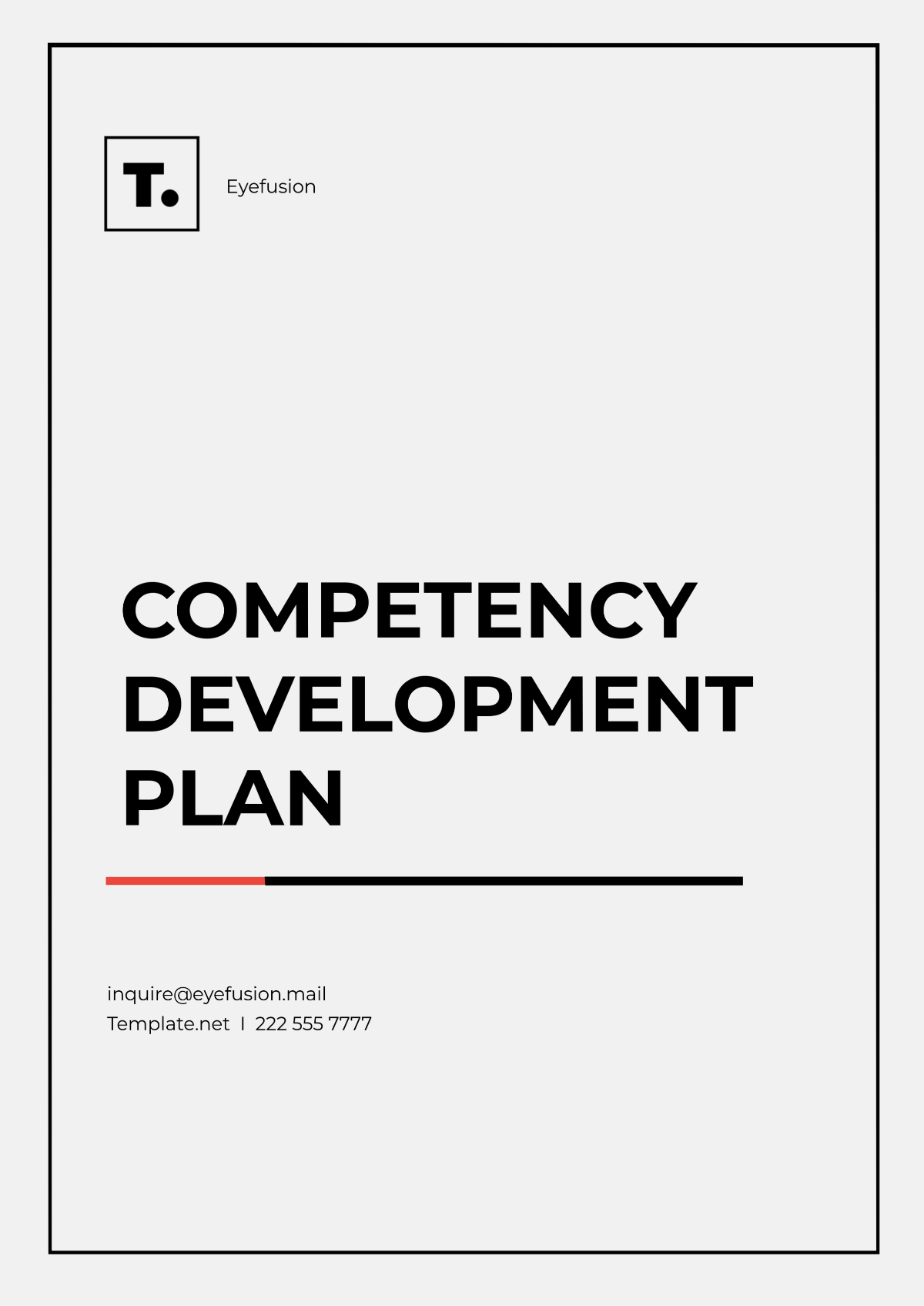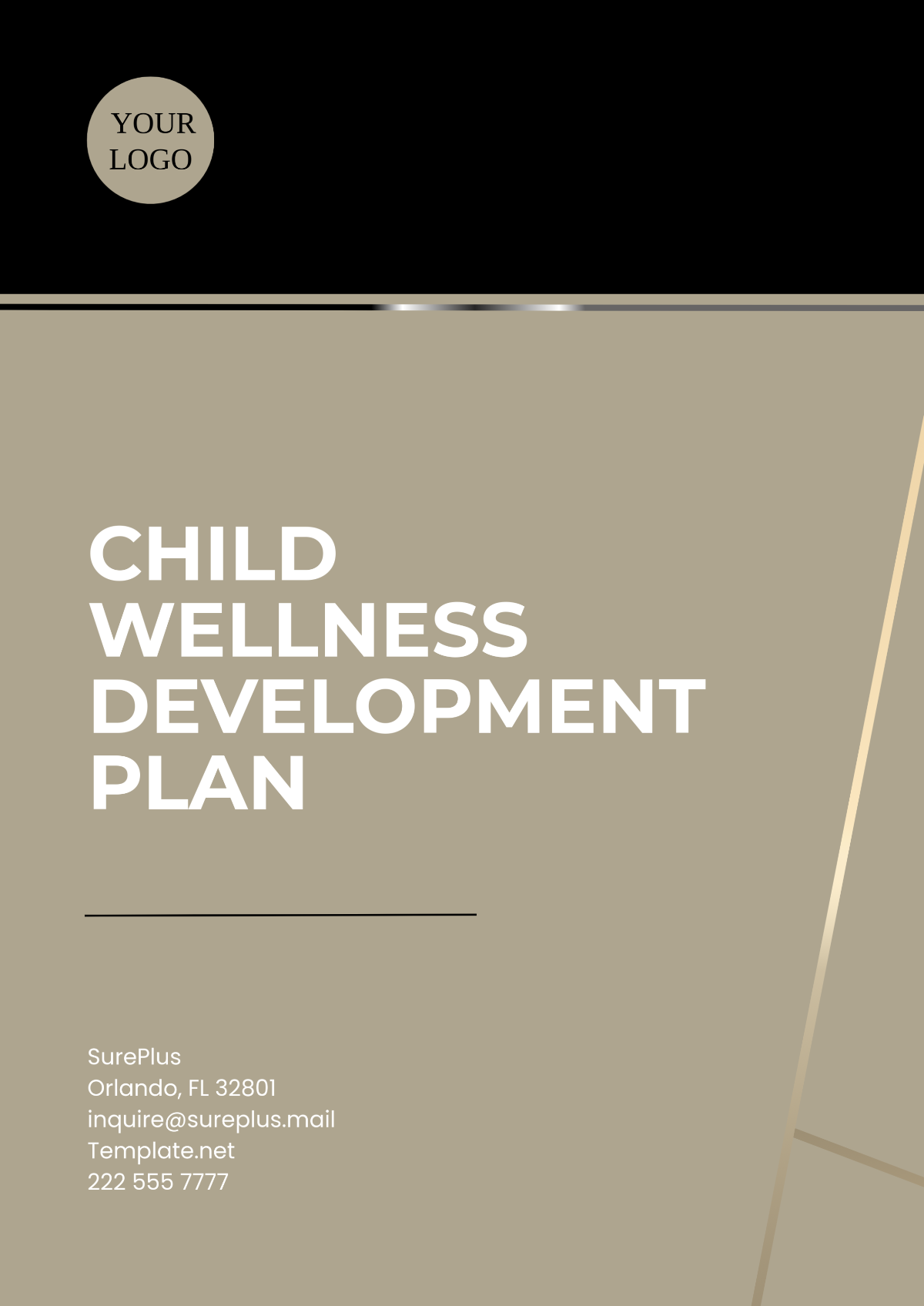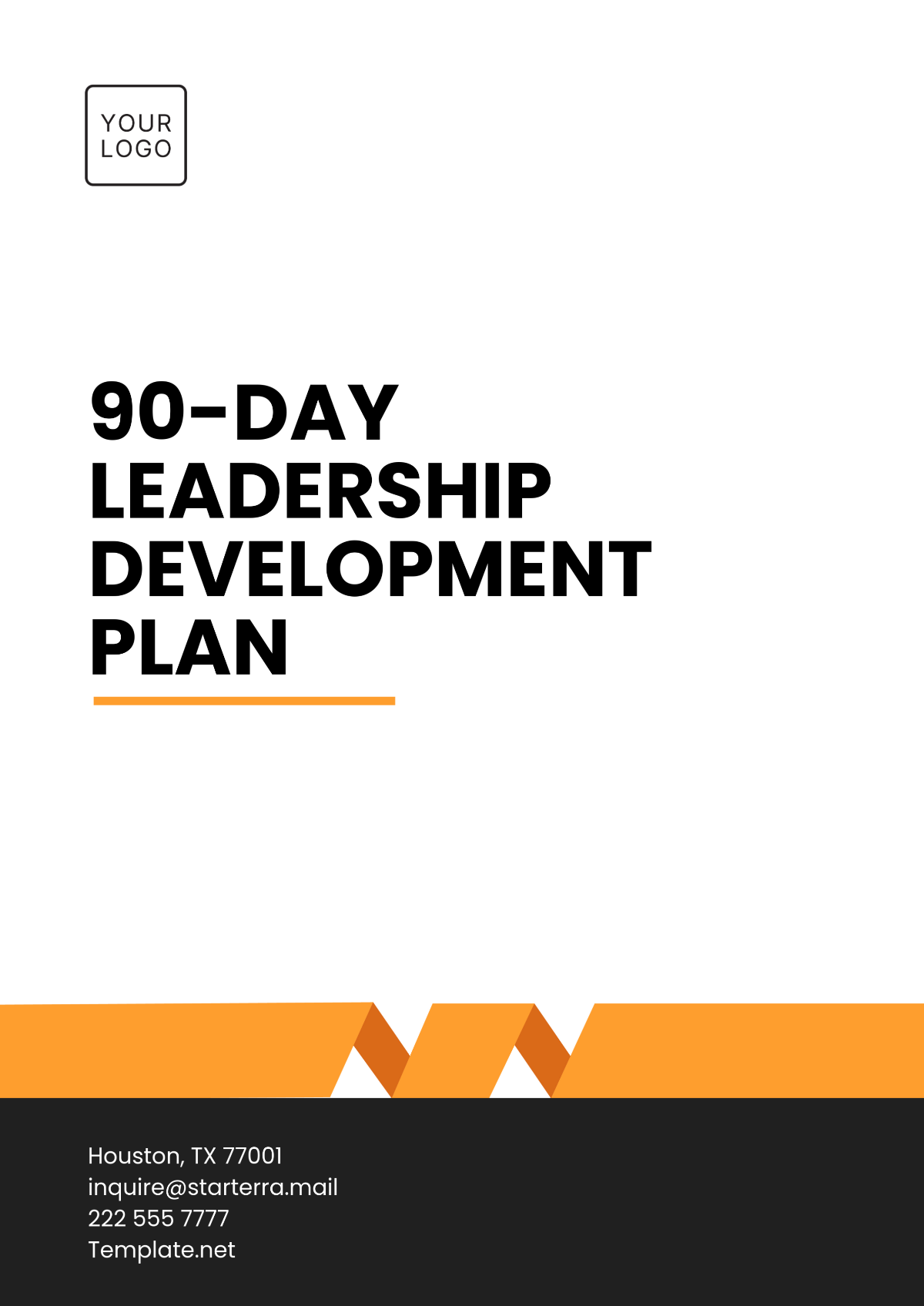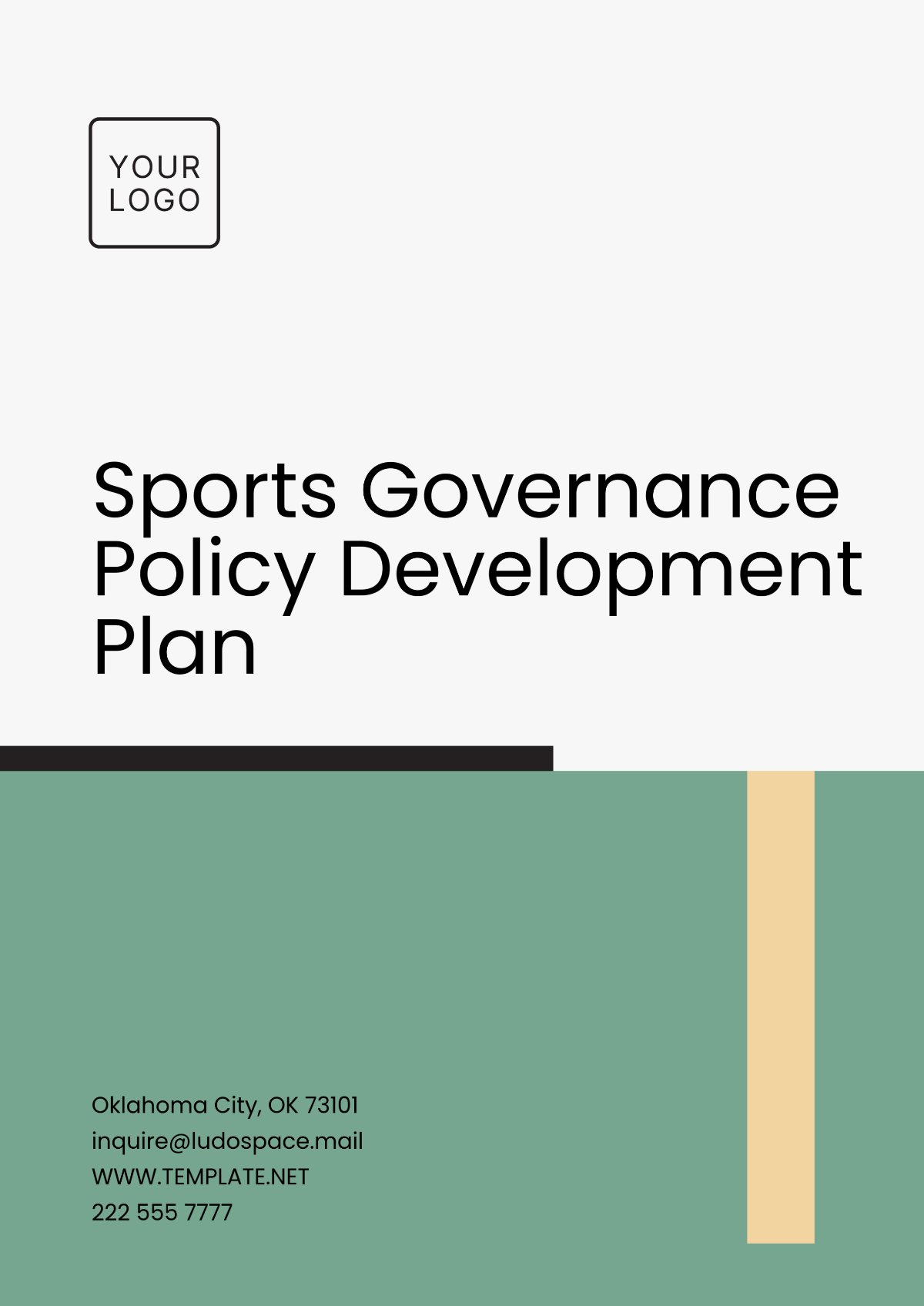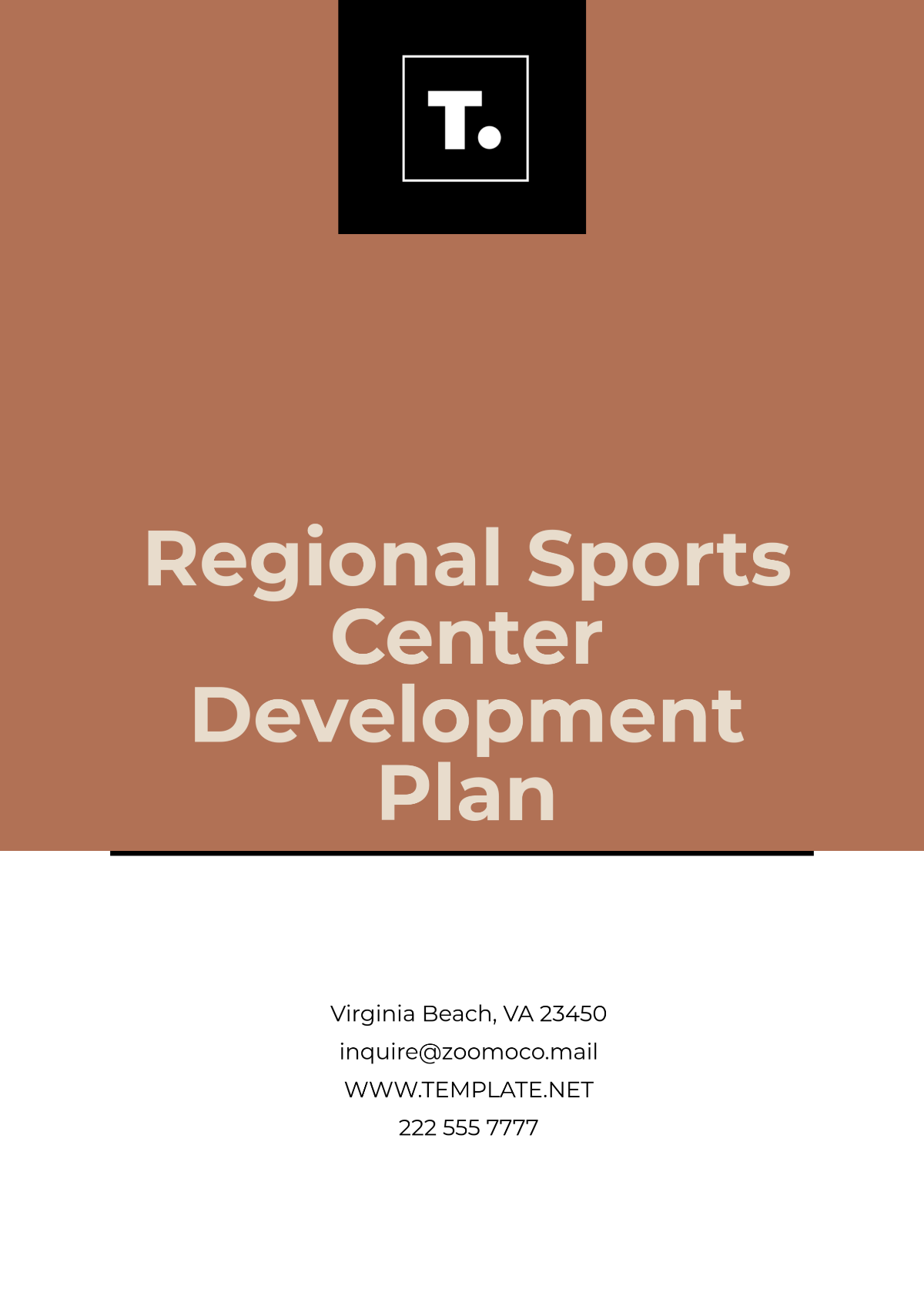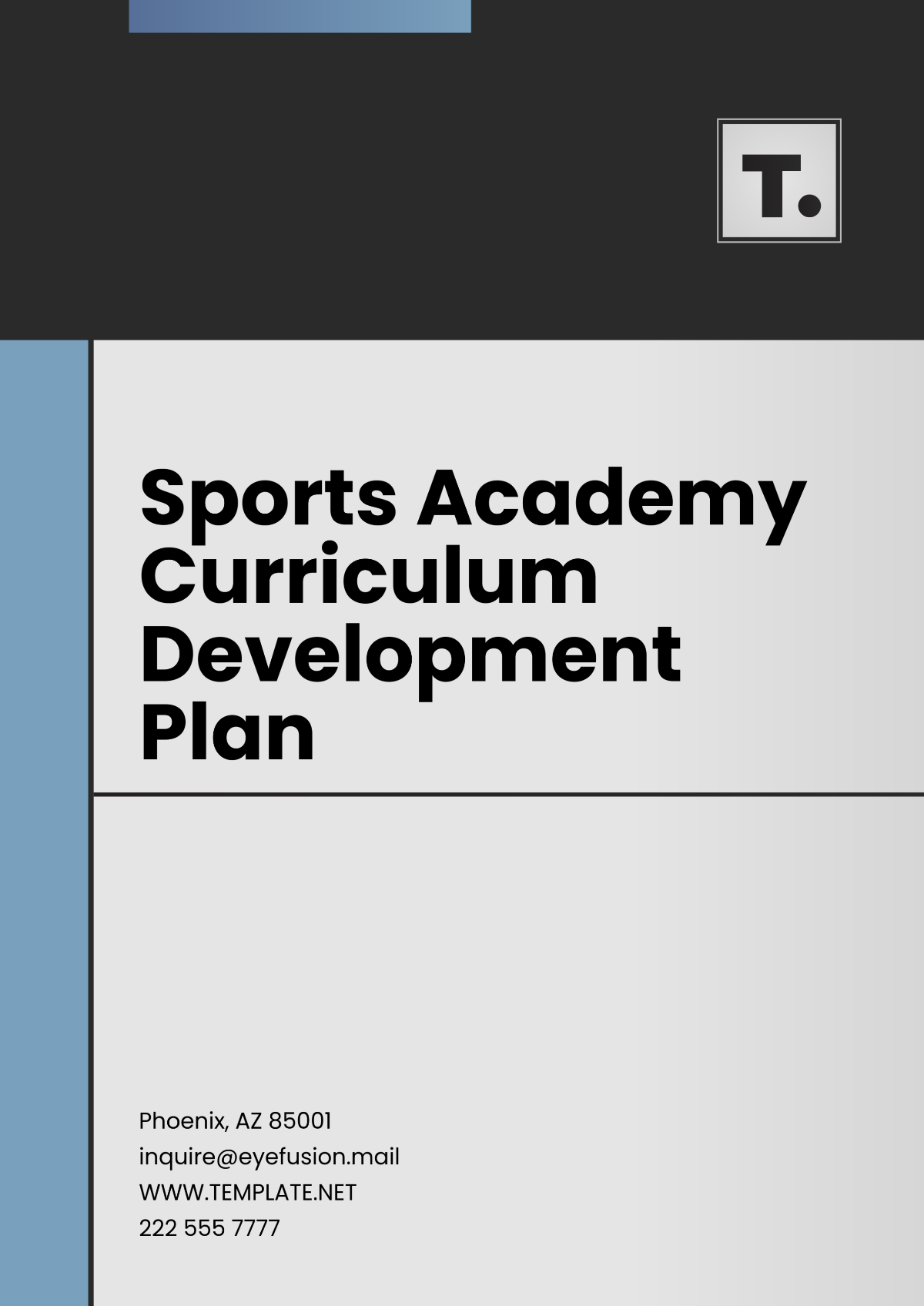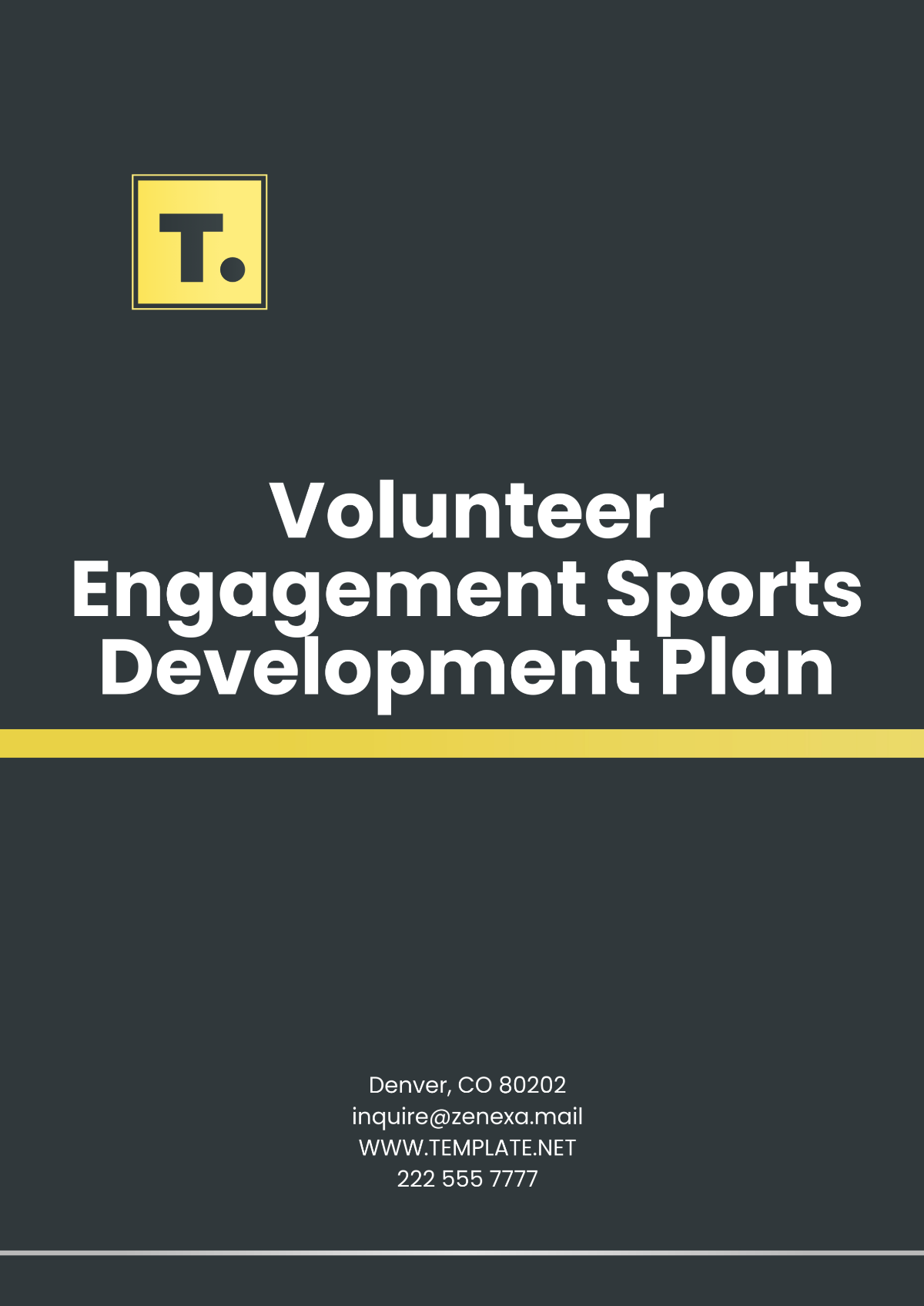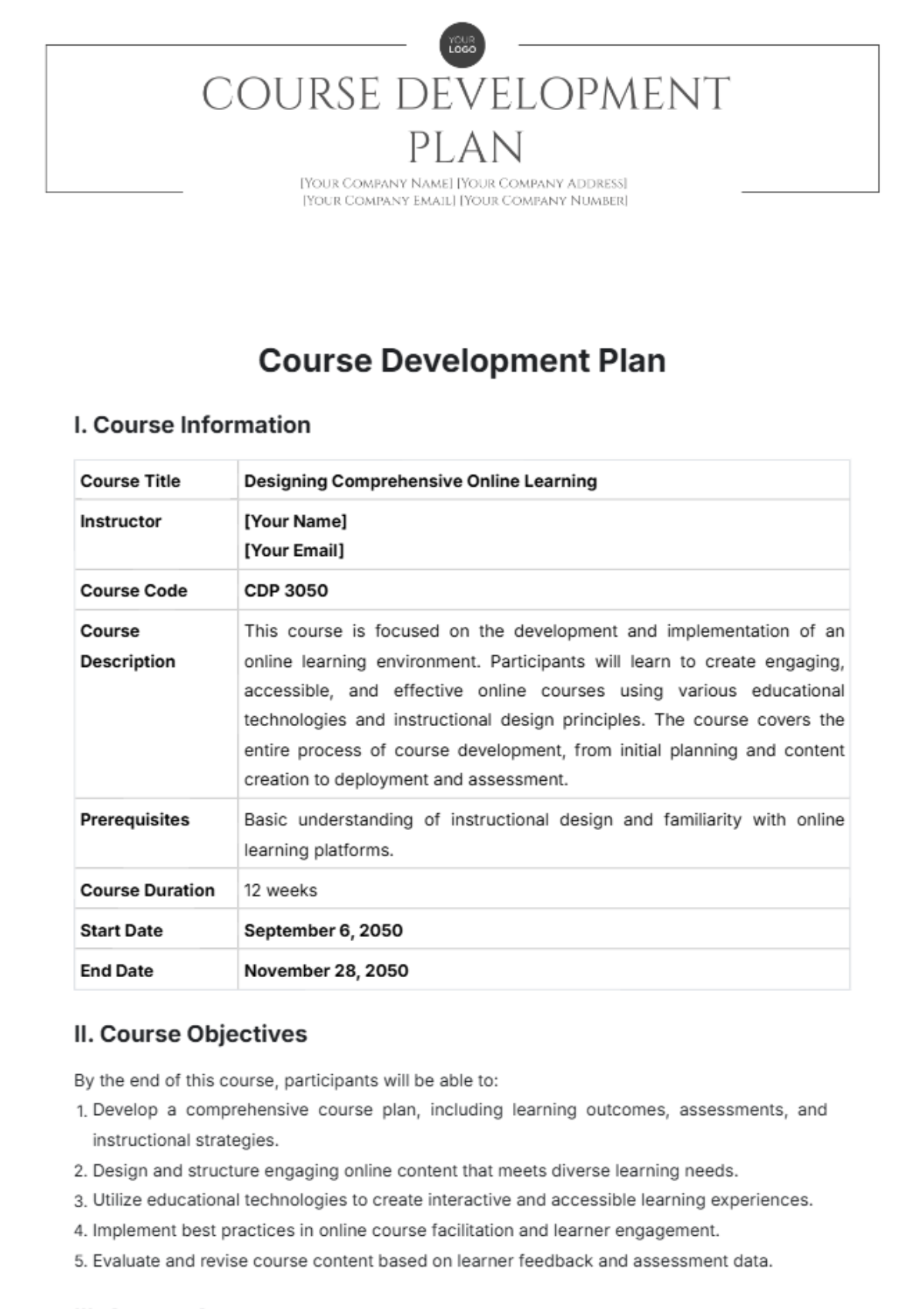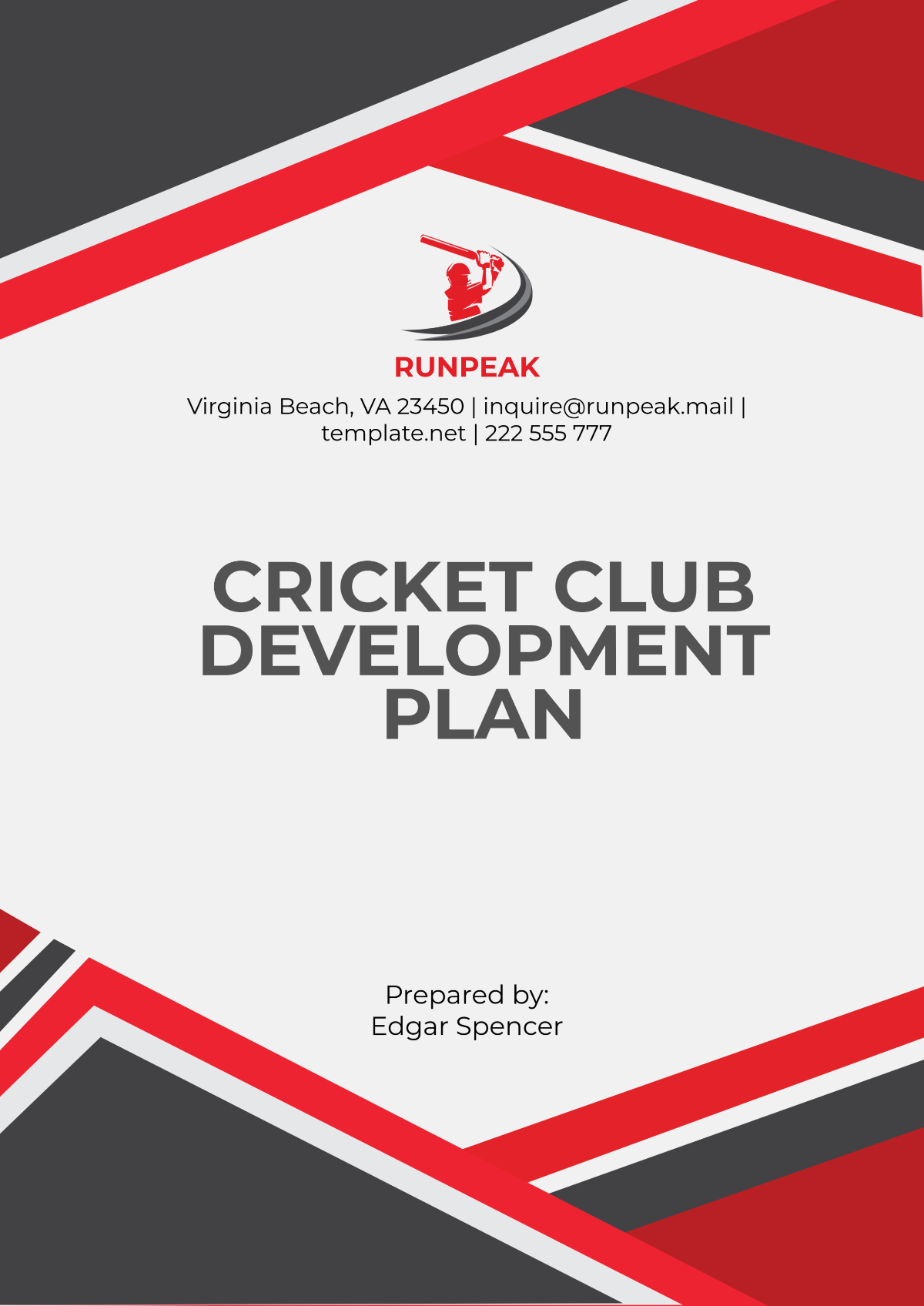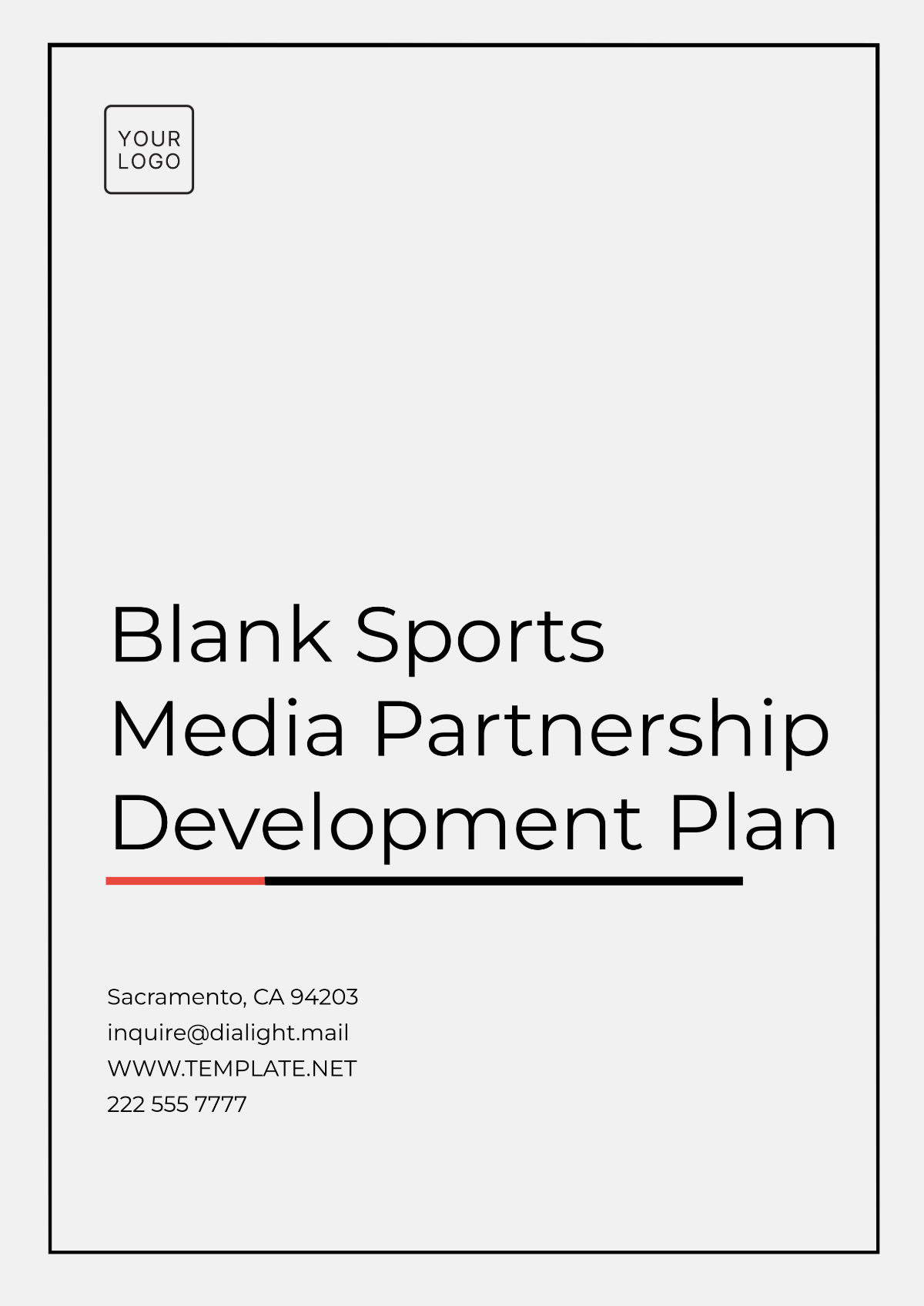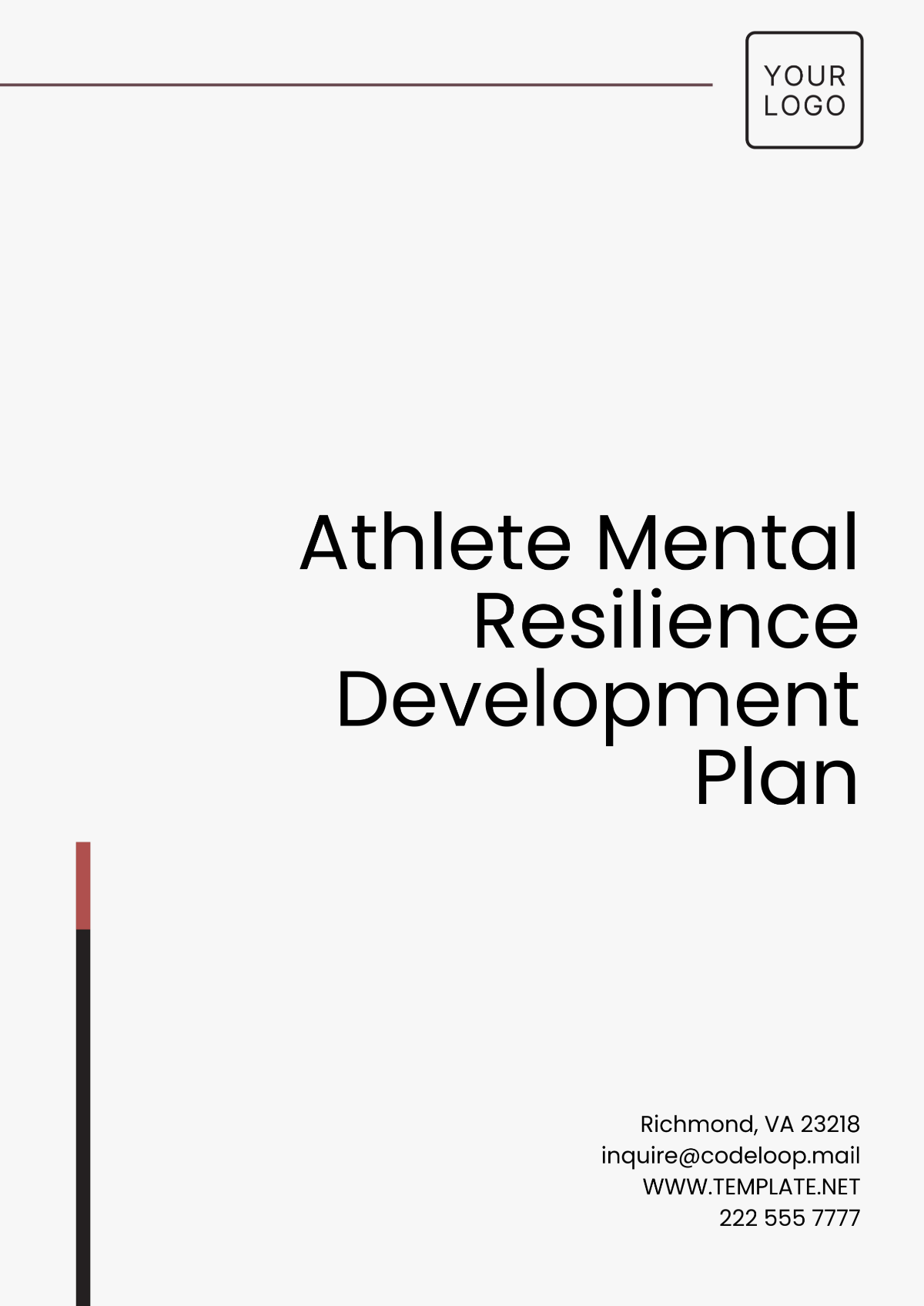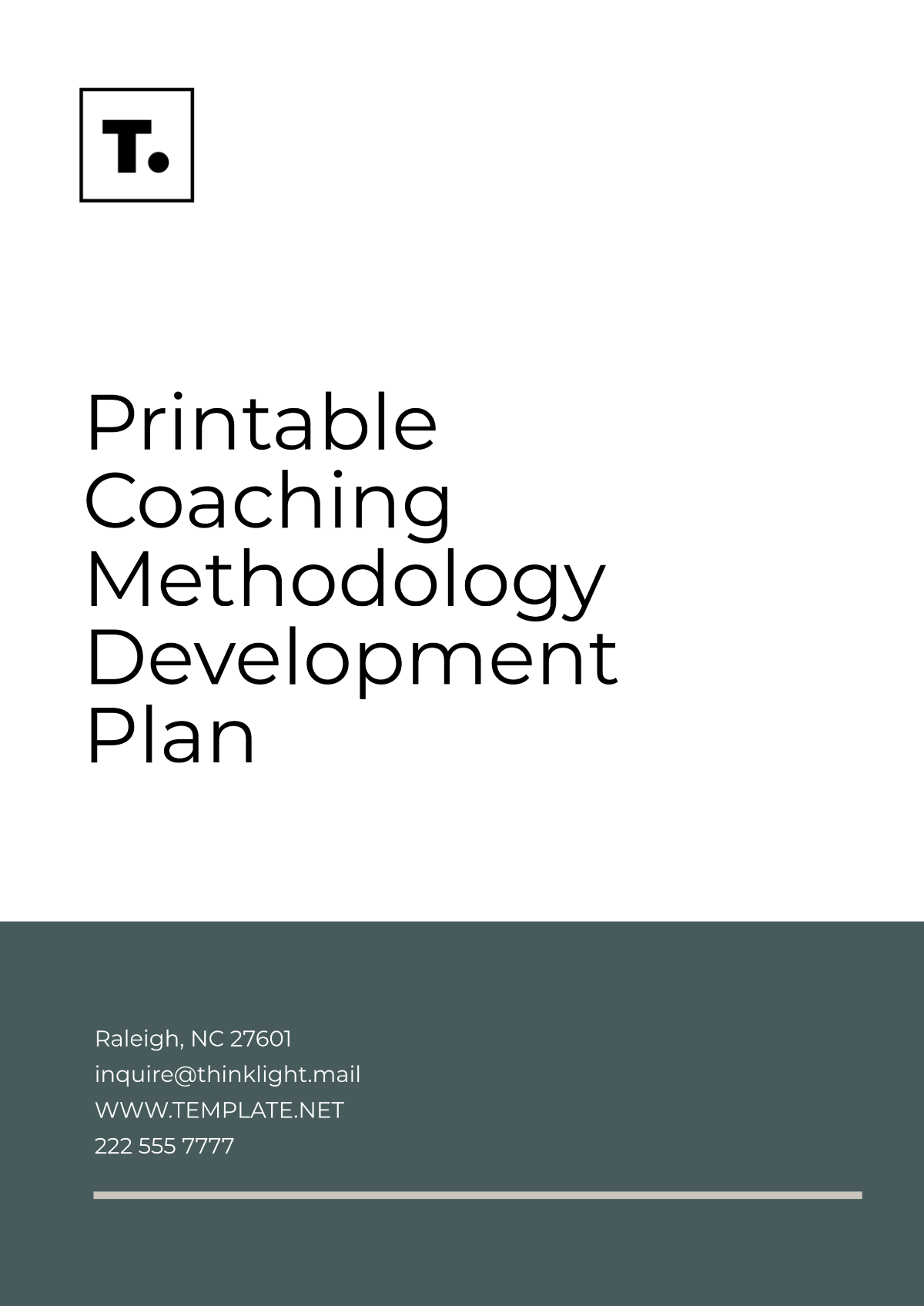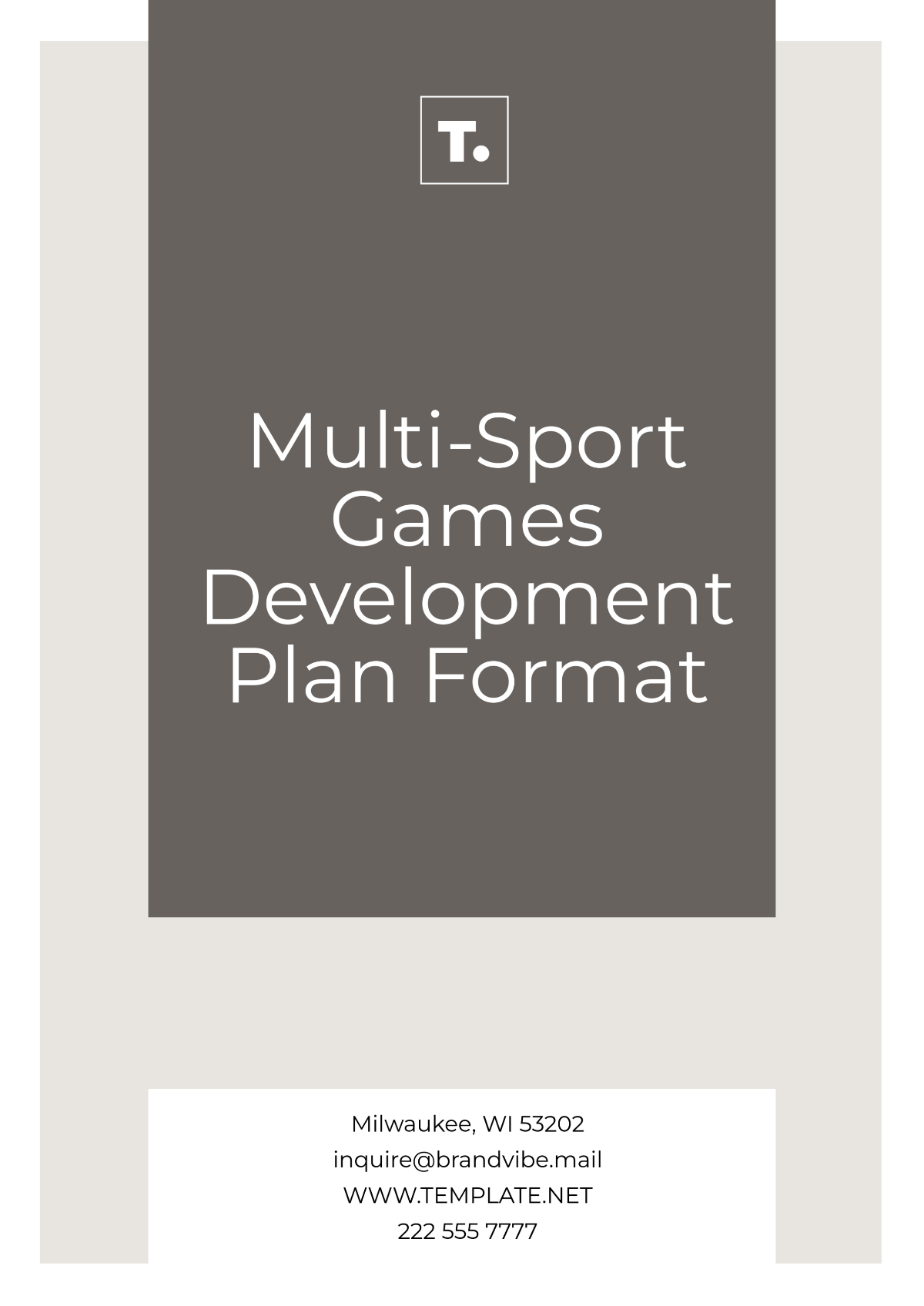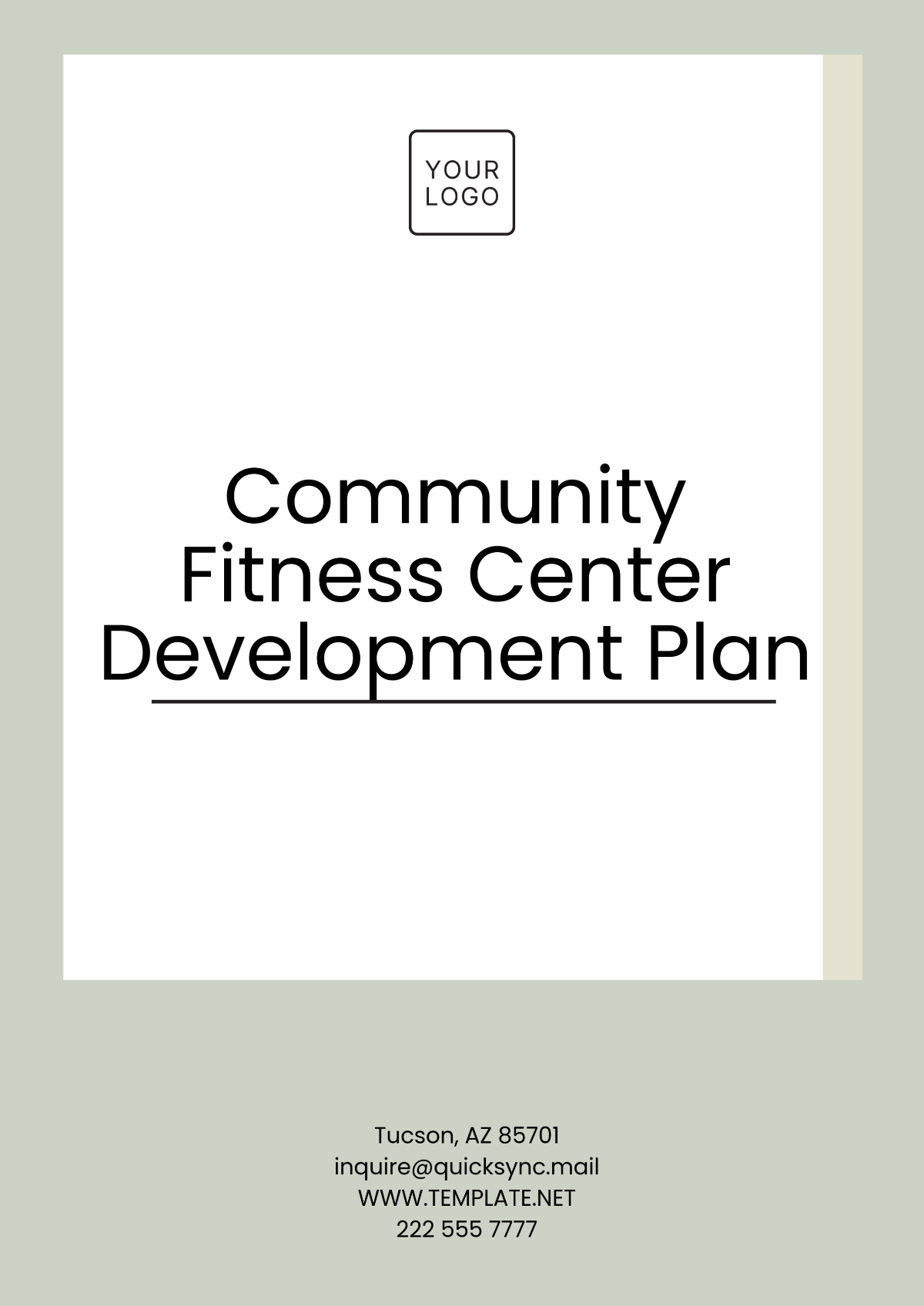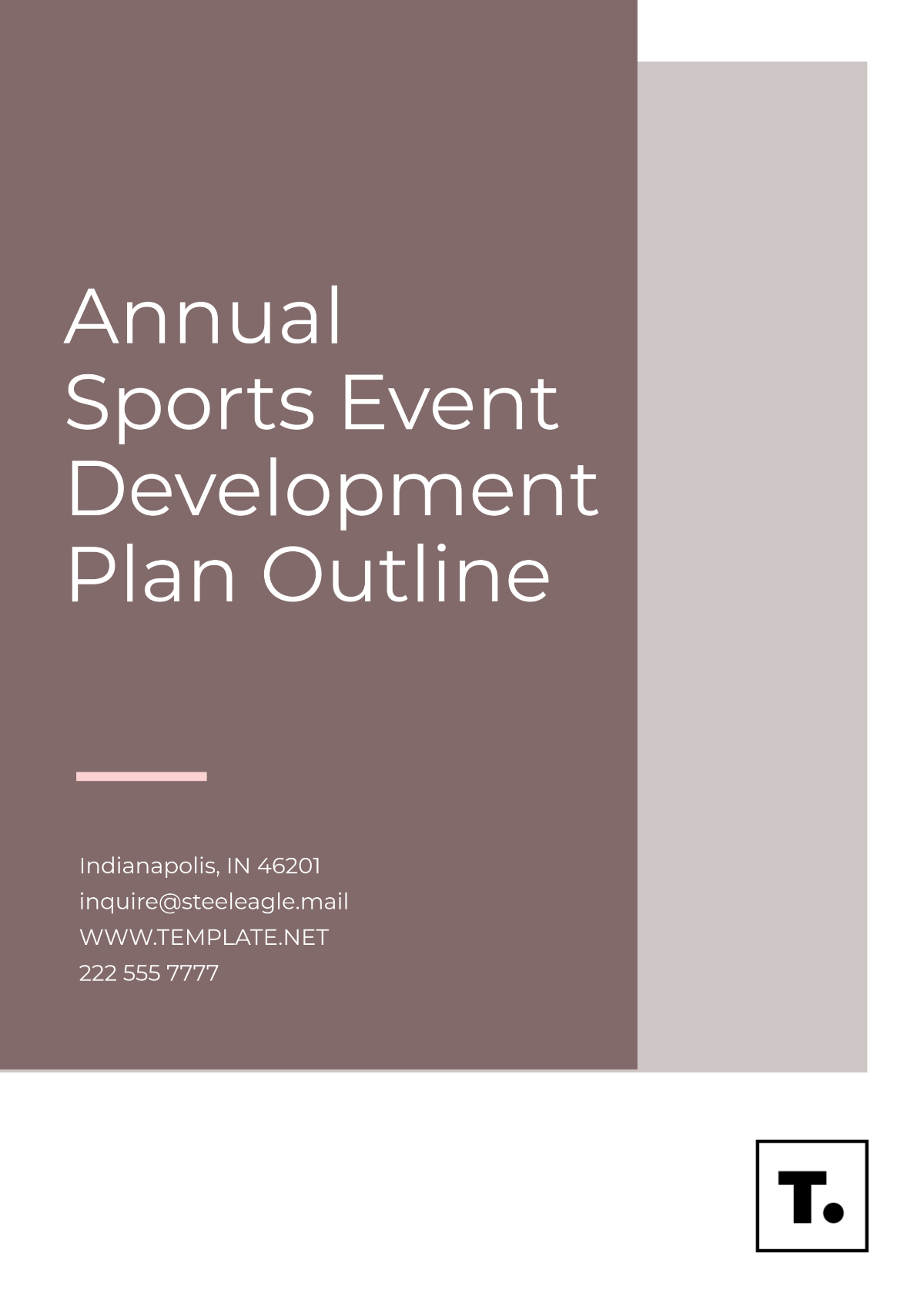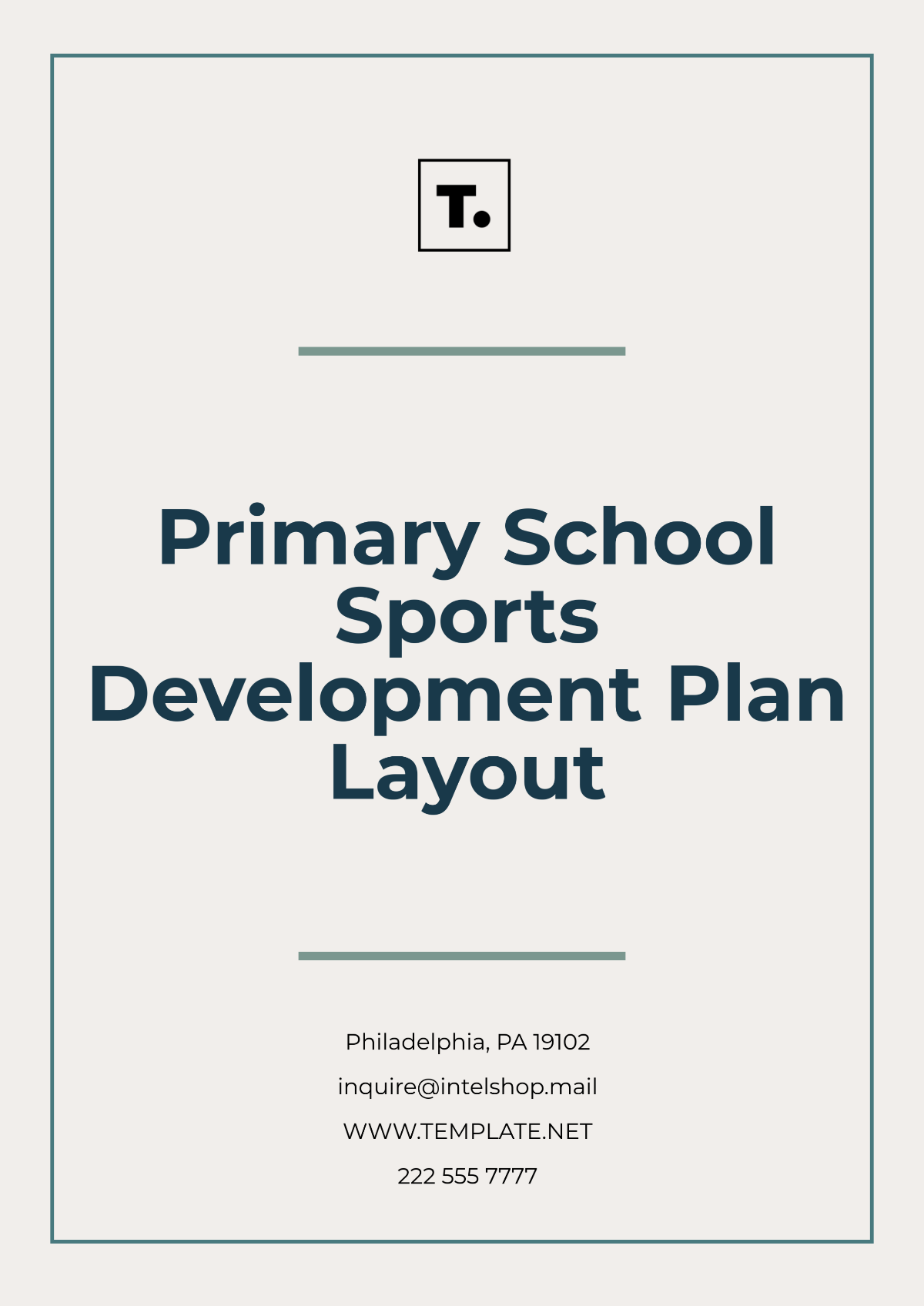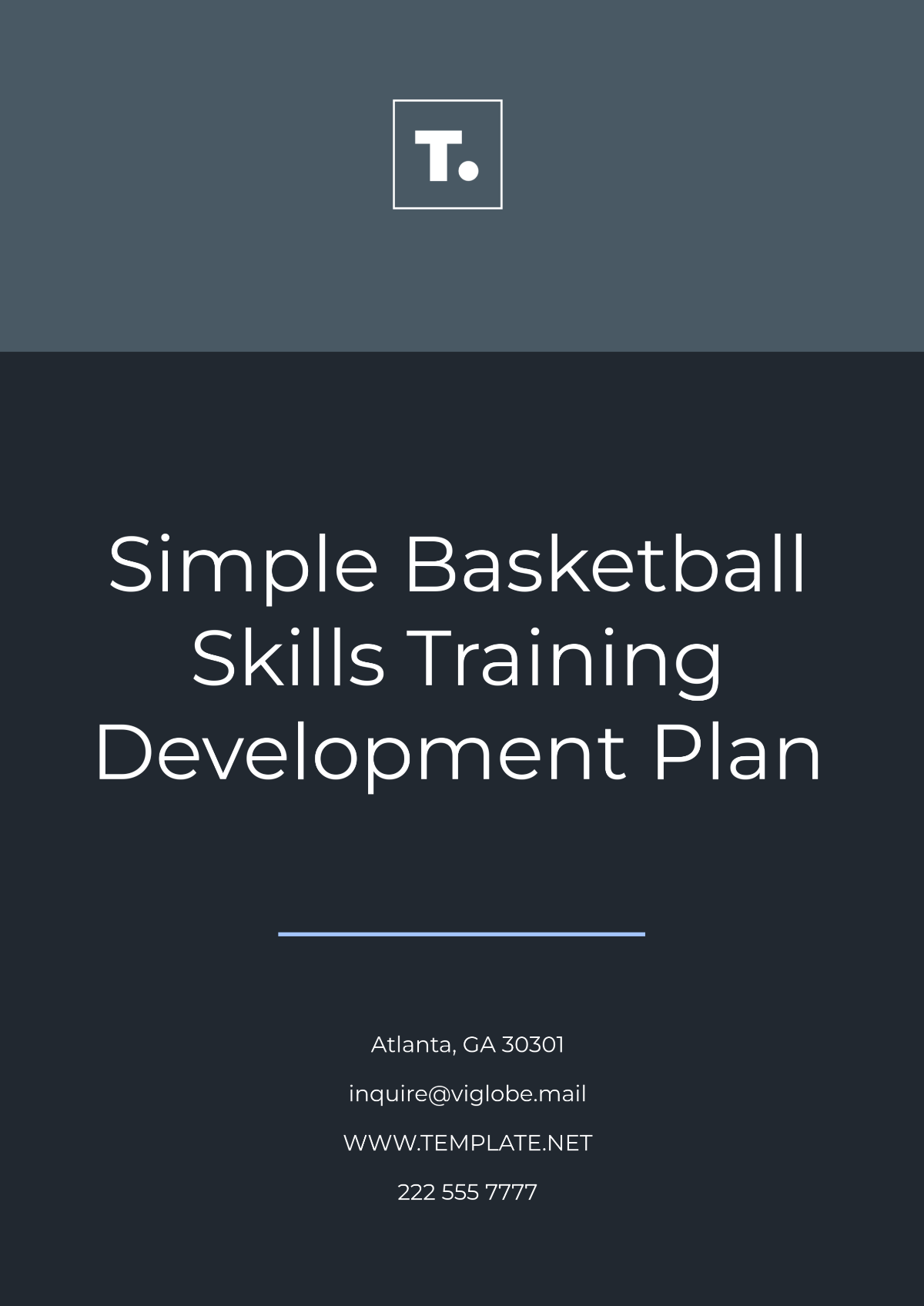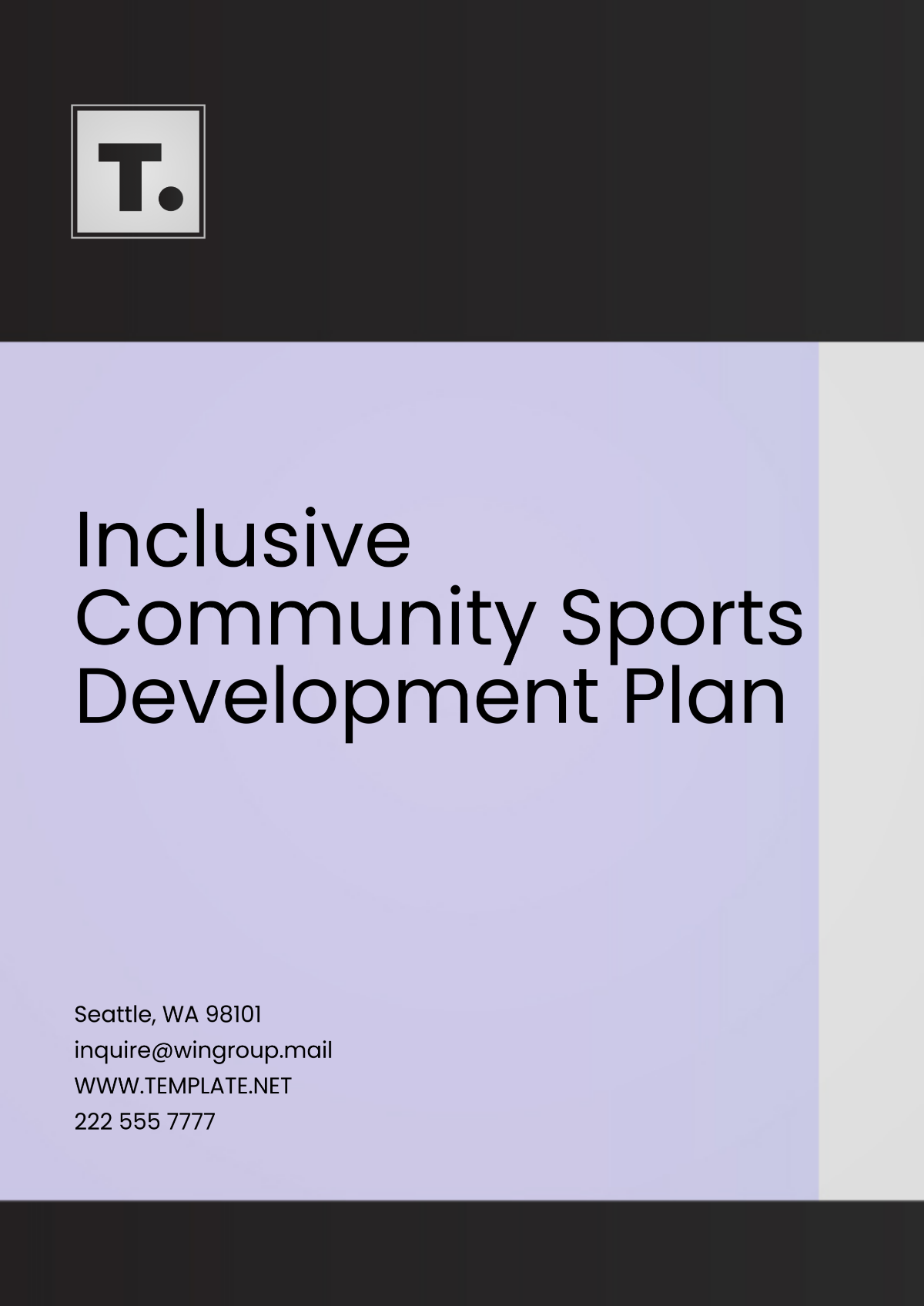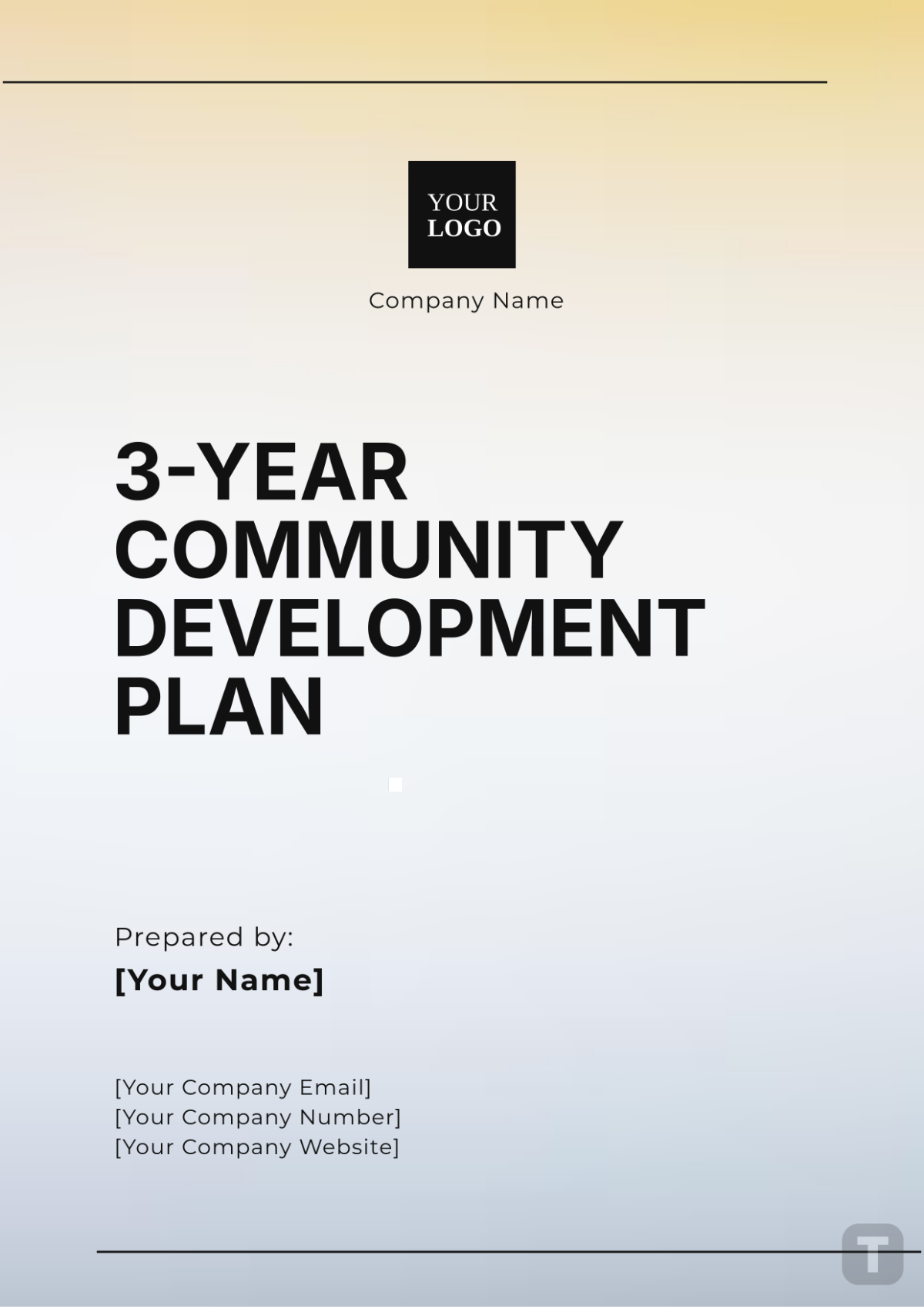Summer Sports League Development Plan
Prepared by: [Your Name]
Date: June 16, 2050
1. Executive Summary
This development plan outlines a comprehensive strategy for establishing a successful Summer Sports League. The league is designed to enhance community engagement, promote physical activity, and build a strong, sustainable reputation. The plan covers essential development areas including market analysis, operational planning, financial considerations, marketing strategies, sustainability initiatives, and community partnerships, with a focus on inclusivity and growth.
2. Introduction
The Summer Sports League is created to meet the growing demand for organized recreational sports during the summer months. Targeting a broad demographic—including children, youth, adults, and families—the league will provide an accessible, healthy, and engaging outlet for competition and socialization. This initiative aims to become a hallmark of summer activity in the community, offering both traditional and non-traditional sports experiences.
3. Market Analysis
3.1 Demographics
Understanding the target region’s demographics is crucial to the league's success. The analysis of the population in the target area highlights the following:
Age Group | Interest Level | Potential Participants |
|---|---|---|
Children (6-12) | High | 2,000 |
Youth (13-18) | Medium | 1,500 |
Adults (19-35) | High | 3,000 |
Seniors (36+) | Low | 1,000 |
3.2 Competition Analysis
An in-depth look at existing leagues reveals several key opportunities for differentiation:
Existing Offerings: Most leagues focus on adult-only participation and primarily feature traditional sports like soccer and baseball.
Market Gaps: There is a lack of multi-sport opportunities for all age groups, particularly for younger children and seniors.
Demand for Non-Traditional Sports: Growing interest in sports such as ultimate frisbee and beach volleyball, especially among younger demographics.
Geographic Opportunity: Limited organized sporting events in suburban and rural areas, creating a gap in underserved regions.
4. Operational Planning
4.1 League Structure
To ensure broad appeal and engagement, the league will feature both traditional and non-traditional sports, offering:
Age-based Divisions: Organized by age group, with balanced teams for fair competition.
Sports Offered: Soccer, baseball, ultimate frisbee, and beach volleyball.
Season Length: 8 weeks, culminating in a playoff system during the final week.
4.2 Facilities and Equipment
Strategic partnerships with local schools and parks will be leveraged for facilities:
Facility | Location | Available Sports |
|---|---|---|
Community Park A | Downtown | Soccer, Baseball |
School Gym B | Eastside | Volleyball, Indoor Soccer |
Beach Park C | Westside | Beach Volleyball, Frisbee |
Equipment Needs:
Soccer balls, baseball gear, volleyball nets, frisbees, beach volleyball sets.
Uniforms and branded team gear for participants.
5. Financial Planning
5.1 Budget Breakdown
Initial budget estimates for the league’s setup are as follows:
Category | Cost Estimate |
|---|---|
Facility Rentals | $10,000 |
Equipment Purchase | $5,000 |
Marketing and Advertising | $3,000 |
Staffing Costs | $7,000 |
Contingency Fund | $2,000 |
5.2 Revenue Streams
Projected sources of revenue for the league include:
Revenue Source | Projected Revenue |
|---|---|
Registration Fees | $15,000 |
Sponsorships and Partnerships | $8,000 |
Concessions & Merchandise | $2,000 |
Cost Management: To ensure financial sustainability, costs will be closely monitored, and any surplus revenue will be reinvested into league growth, equipment upgrades, or community outreach programs.
6. Marketing Strategy
6.1 Brand Development
Creating a strong and resonant brand identity is essential for league recognition:
Logo and Visual Identity: Develop a modern, inclusive logo that appeals to diverse participants.
Social Media Presence: Leverage platforms like Facebook, Instagram, and TikTok to reach younger demographics and engage families.
Community Partnerships: Form relationships with local businesses and influencers to strengthen brand visibility and create community ties.
6.2 Promotional Activities
A comprehensive multi-channel marketing approach will include:
Local Media Campaigns: Advertising through radio, newspapers, and digital media to reach local communities.
Digital Campaigns: Targeted social media ads, email newsletters, and online promotions to increase awareness and drive registration.
Community Events: Host pre-season workshops, open houses, or tryouts to generate excitement and build community relationships.
7. Evaluation and Sustainability
7.1 Performance Metrics
To ensure the league’s long-term success, the following key performance indicators (KPIs) will be monitored:
Participation Rates: Track growth in participant registrations and retention year-over-year.
Community Engagement: Measure social media engagement, event attendance, and feedback from participants and their families.
Financial Health: Analyze revenue growth, cost management, and profitability over time.
7.2 Long-Term Sustainability
Focus on long-term initiatives to ensure the league remains a sustainable and thriving entity:
Continuous Improvement: Create a structured feedback loop to gather participant input and improve offerings each season.
Diversified Revenue Streams: Explore additional revenue opportunities such as hosting tournaments, camps, or corporate team-building events.
Sponsorship Growth: Develop a strategy to attract new sponsors, ensuring steady financial support while maintaining community alignment.
8. Risk Management
Identifying and mitigating potential risks will be critical for the league's success:
Weather Disruptions: Build contingency plans for outdoor events, including indoor facility options or rain dates.
Injury Management: Implement clear health and safety protocols, including insurance coverage, first-aid training for staff, and proper equipment.
Operational Risks: Ensure proper staffing, volunteer training, and clear communication channels to avoid operational disruptions.
9. Community Engagement and Impact
The league’s success depends on fostering community connections:
Volunteer Opportunities: Engage local volunteers for event support, coaching, and administrative roles.
Charity Partnerships: Allocate a portion of revenue or host charity events to give back to the community and support local causes.
Inclusive Participation: Strive for inclusive participation by providing scholarships or financial assistance to ensure that all families can partake.
10. Conclusion
The Summer Sports League is more than just a recreational program—it is an investment in the health, unity, and vibrancy of the community. With a clear strategy for growth, financial sustainability, and community engagement, this league is positioned to become a prominent summer tradition. By focusing on a diverse range of sports, inclusive participation, and a strong brand presence, the league will offer a dynamic and enriching experience for all.
